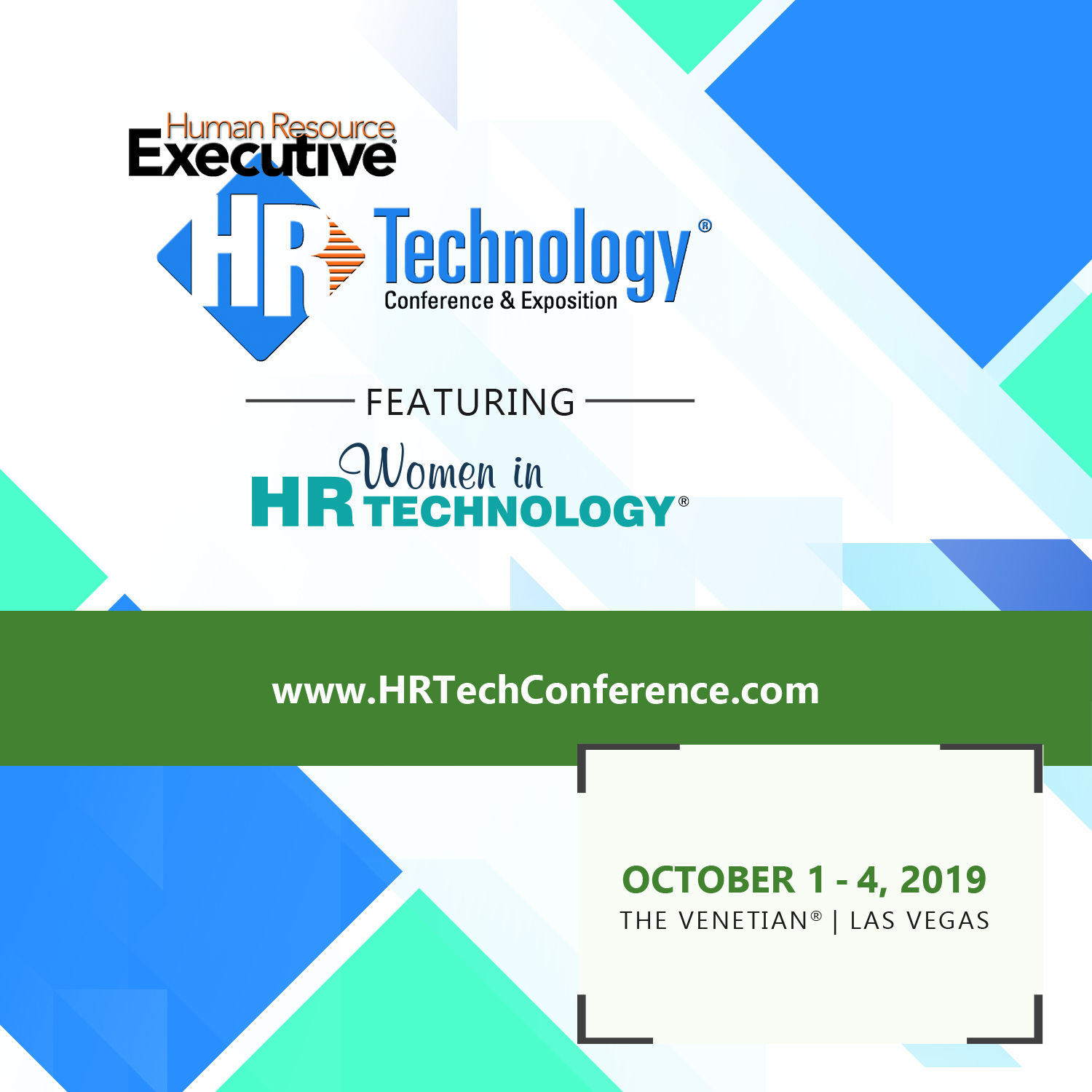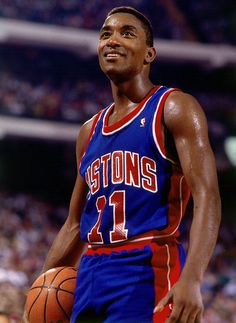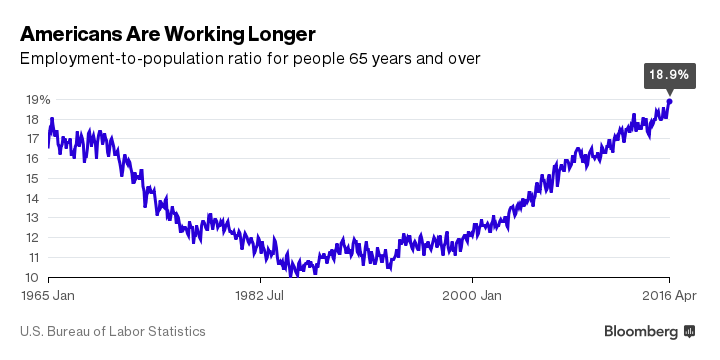The most important relationship on any team
The most important relationship on any team (work, school, sports - any of them), is the one between the leader (boss, coach, manager), and the best or most talented performer on said team.
Want some context?
Check the comments from a recent interview with former Cleveland Cavaliers head coach David Blatt when asked about his relationship with the Cavs' top player, the legendary LeBron James:
“The role of the coach is much larger as far as impact and persona,” Blatt said. “It’s much more of a coaches’ show. In the NBA, it’s a players’ show.”
He also said: “You better be on the same page as your best player. If not, you’re going to be in trouble.”
Pretty savvy observation from Blatt, who was actually hired by the Cavs prior to LeBron's decision to leave the Miami Heat and return to his hometown club. Once LeBron made his decision to re-join the Cavs, Blatt's job quickly changed from one of developing a young team for the future to one of molding a more veteran club to compete for a championship right now.
And the key to all of this was LeBron, and how (or if), LeBron and the new to the NBA coach would be able to co-exist.
Fast forward about 18 months later and we know how things turned out. Blatt, LeBron, and the Cavs lost to the Golden State Warriors in the 2015 NBA finals and midway through the current season, and despite a stellar won-loss record, Blatt was fired by the Cavs.
Ultimately, Blatt's undoing was his inability to find the optimal common ground between himself and LeBron, the best, most talented, and most charismatic player on the team. On paper, Blatt was 'in charge', but in reality, and by virtue of his talent, track record, and sustained contribution, LeBron was and is the most important member of the Cavs organization. When the organization, (and LeBron), determined that the relationship between Blatt and LeBron was not salvageable, well, Blatt had to go.
It is probably tempting for managers and leaders to take an approach of treating everyone on the team more or less the same. It seems logical and equitable to spend equal amounts of time and energy on all the team members - making sure no one feels slighted or left out. We are all one team after all, right?
But as sports in general, and the Blatt - LeBron story in particular remind us, not everyone on the team is actually 'equal'. Some team members contribute to overall team success much more than others. Some team members would be much, much harder to replace should they leave than others. Some team members exert significant influence over the rest of the team, much more than the average team member.
Any leader's role is at least in part to be fair and honest with every member of the team. But the best leaders also realize that some team members play an outsized role in the overall team's success. And the very best leaders recognize that their relationship with these star performers is likely the most important one that they will have in the organization.
That is if they want to succeed, and if they want to ensure they won't end up like our pal David Blatt, on the outside looking in while the Cavs chase the NBA Championship yet again.
 Management tagged
Management tagged  8 Man Rotation,
8 Man Rotation,  HR,
HR,  Sports,
Sports,  career,
career,  management,
management,  work
work  Email Article
Email Article 
 Print Article
Print Article 


